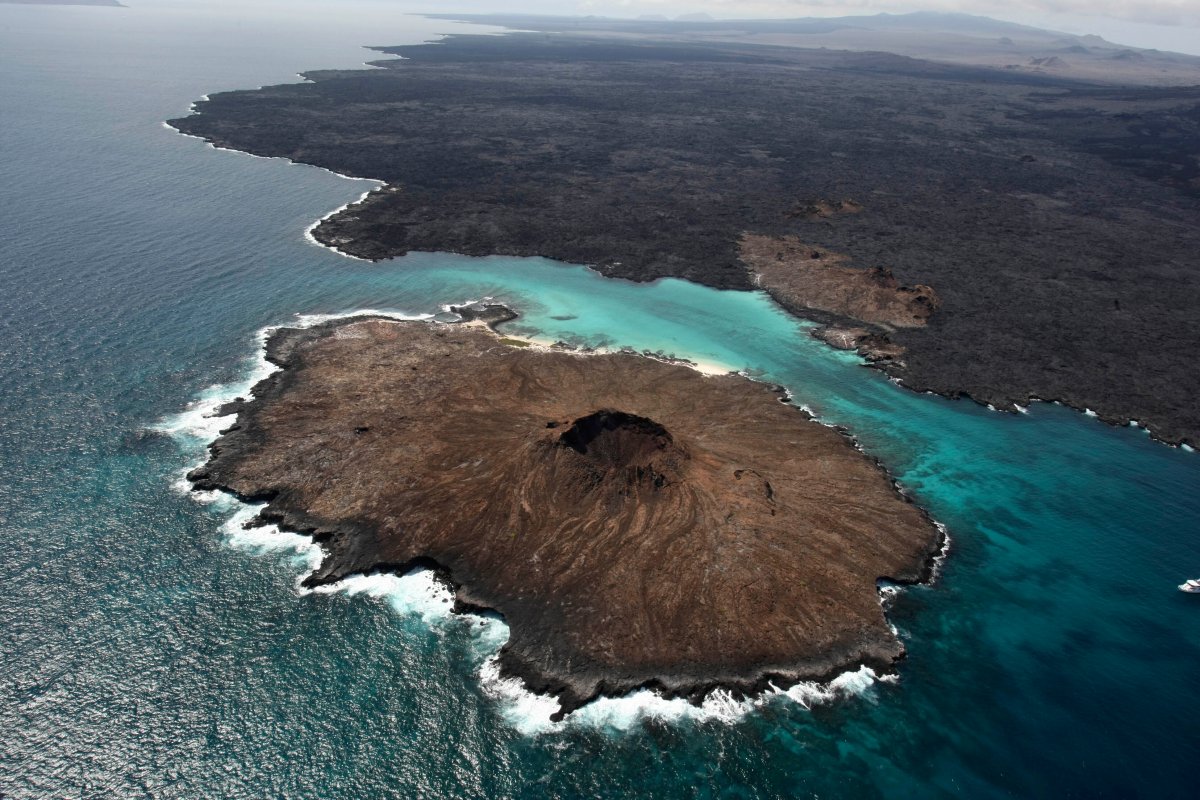Diving to the ocean floor in a small submarine off the Galapagos Islands, coral reef, biologist Dr. Michelle Taylor and a colleague lived a moment over the weekend she’ll likely never forget.

“It was just the two of us and a pilot,” Taylor says. “I was just losing it. We were so excited.”
Taylor was part of a team that discovered a pristine, kilometres-long, ancient coral reef teeming with life in the Galapagos Islands Marine Reserve Sunday.
Global News spoke to Taylor and Dr. Stuart Banks onboard the research vessel Atlantis. They’re part of team mapping and taking samples from the ocean floor when they made the unexpected find.
“There’s a whole new hidden system,” Banks says. “It’s an important habitat, and it’s been there for a very long time.”
The discovery was made while in the deep-sea research submarine “Alvin.” It’s operated by the Woods Hole Oceanographic Institution.
It’s a site that crews have been studying for more than 20 years, but the submarine and cutting-edge technology helped them go deeper.
The coral reef was found at between 500- and 700-metres depth. While corals can be found as deep at 8,000 metres, most are closer to the surface – and suffering.
Shallow-water coral reefs have been decimated by global warming.
More than 90 per cent of the Great Barrier Reef off Australia has been lost to coral bleaching caused by warming ocean waters and ocean acidification.
“Believe me,” Taylor told Global News. “I’m a coral reef biologist. We don’t get good news stories very often.”
The scientists were able to follow the reef for about two kilometres to the top of an underwater mountain formed by volcanic activity. The reef is the shape of a half moon. Crews on board the Atlantis have jokingly dubbed it the Croissant Coral.
Shallow reefs in the region were decimated by an El Nino event in the early 1980s. Only the Wellington Reef off the coast of Darwin Island was believed to have survived.
This week’s discovery gives hope there may be more. About 95 per cent of the Galapagos Islands Marine Reserve’s 130,000 square kilometres is open water.
“The area is huge,” Banks says. “If you take away the water, there are volcanic submerged islands, volcanos, canyons, ravines – there’s a whole lot going on.”
The newly discovered reef also stands out for its health. The region has been protected as a reserve since 1998, and the coral shows no signs of being affected by humans.
Taylor says that’s shockingly rare in the deep sea and may be part of the reason so much of the coral is thriving.
A deep-sea reef would normally have 10 or 20 per cent coral coverage, but the newly found reef is between 50 and 60 per cent.
“Just as far as the eye can see, beautiful pristine corals,” Taylor says. “It was a real treat.”
Only about one per cent of the ocean floor is covered by coral reefs, but about a quarter of all marine life lives off them.
- Life in the forest: How Stanley Park’s longest resident survived a changing landscape
- Bird flu risk to humans an ‘enormous concern,’ WHO says. Here’s what to know
- Roll Up To Win? Tim Hortons says $55K boat win email was ‘human error’
- Election interference worse than government admits, rights coalition says







Comments